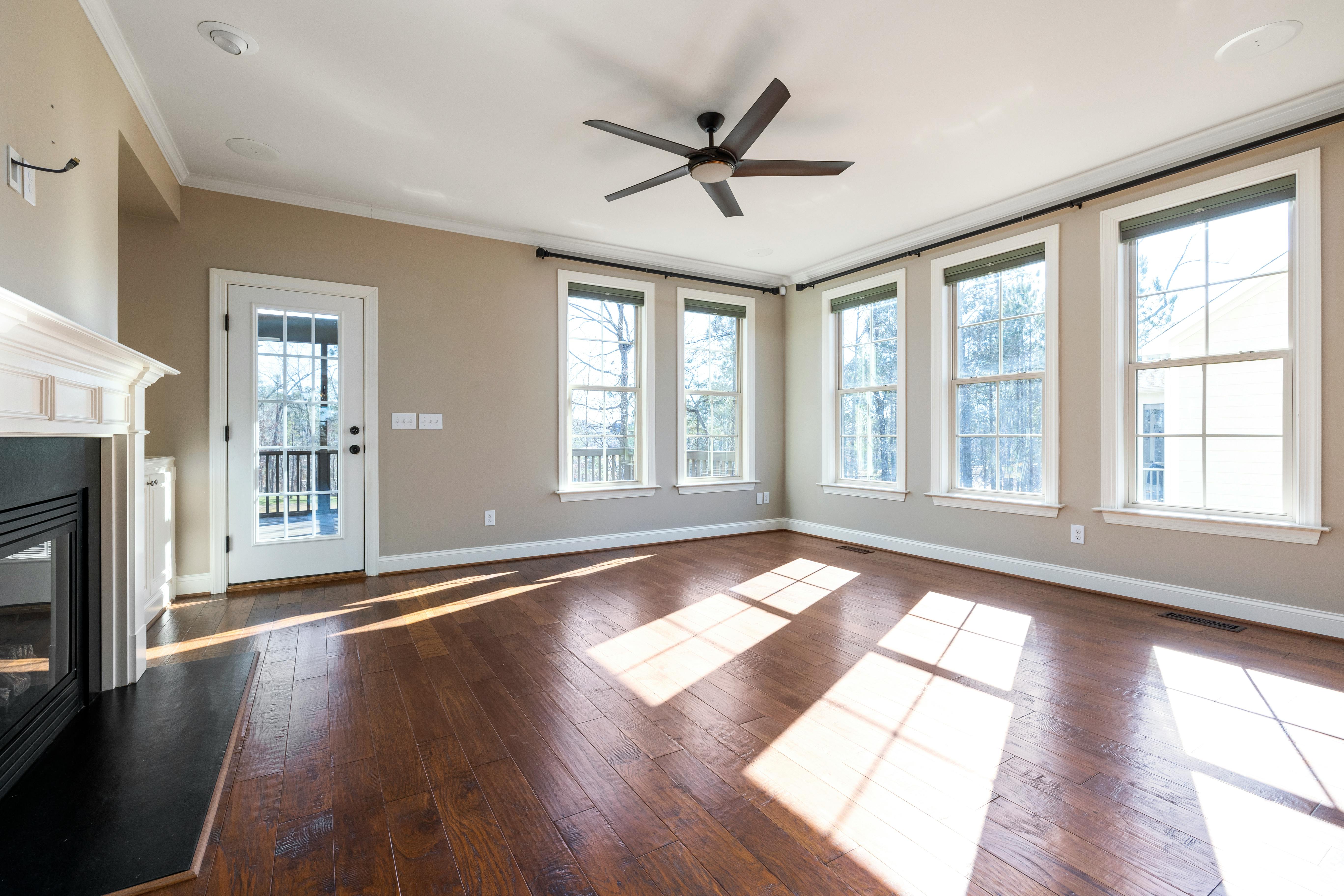Glazing a double pane window with a single pane of glass
At the window repair business I work for in Philadelphia, Pennsylvania, we get a call at least once a week from a home or business owner with a broken double-pane window asking if we can replace it with a single pane of glass.
Why on earth, you may ask, would anyone want to replace a double pane window with a single pane? There are two reasons for this. One is the time factor. Double-pane windows (also known as thermal or insulated windows) must be custom-ordered and typically take five to ten business days to manufacture, while installing a single pane in the opening is something that can be done very quickly. the same day. The other reason is cost. As you might imagine, a double pane window is more expensive. After all, a single pane of glass is just that. In contrast, a thermal window, in addition to obviously having two panes of glass, also has quite a bit of technology built into it. And the technology is not cheap. Replacing a large double pane window can be a significant expense.
As far as the actual work goes, converting a double pane commercial window to a single pane is a relatively simple matter. For modern storefront glazing (known as “flush glazing”), manufacturers sell a simple converter system that drops into the existing frame and reconfigures it to a single glazing width. However, converting a residential window is a different story. Residential frames and sashes are designed to hold a double pane window (known as a “unit”) of a very specific thickness and due to the proprietary nature of residential windows and no doubt a general lack of demand, they are not there is a converter system. for this task. But that doesn’t mean it can’t be done. And well done, on that.
Quite often I come across a landlord or, more typically, an apartment dweller who, for one reason or another, absolutely insists that they need their double-pane window repaired that same day. It is for these customers that I have developed the following method of performing such a repair, which is semi-permanent (easily reversed) and has an airtight and watertight seal.
After removing and disassembling the pane, then removing the glass from the old thermal unit, a single piece of flat glass with a thickness of 3/16 or 1/4 inch (as opposed to the two pieces of 5/32 glass). of inch that are generally used). found on residential thermal windows) is cut to a size that perfectly fits the sash and lays flat on a continuous bead of silicone on the inside of the outside of the frame. 1/16-inch-thick neoprene trim blocks are then wedged along the edge of the glass, two per side. These act as a very effective buffer between the glass and the sash, preventing the panel from moving in any direction.
A second bead of silicone is then placed around the edge of the inner side of the glass. Finally, a series of carefully sized small blocks of wood (typically two or three for each side) are wedged between the interior side of the frame and the glass, forcing the panel against the exterior side of the frame. -installed. After the silicone dries in 72 hours, the customer takes out the wooden blocks and that’s it.
I have been doing this type of window repair for almost 15 years and have never had a single callback or complaint. However, there are two caveats that should be explained to the client before agreeing to do the job. The first is obvious: they lose the thermal properties of having a double pane window. The second is that while the window will look the same from the outside, there will in fact be a 1/2 to 3/4 inch gap inside the sash. After all, if you put a 1/4 piece of glass into an opening that’s 7/8 inch, you’ll still have a 5/8 inch difference. As it is, the inside of the blade is the same color as the outside, so the visual difference is negligible.
And there you have it.
